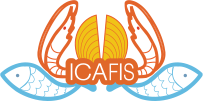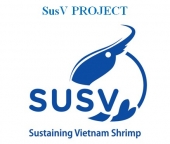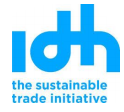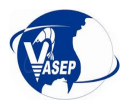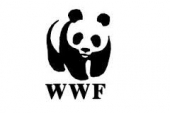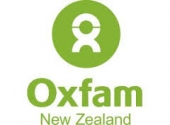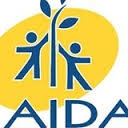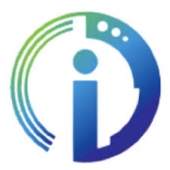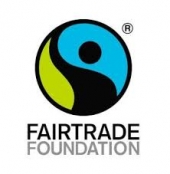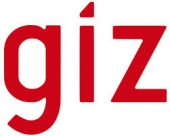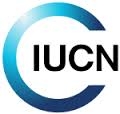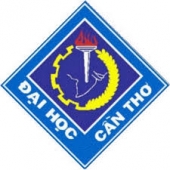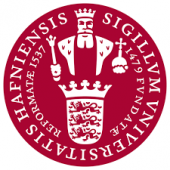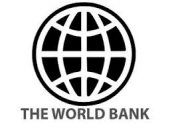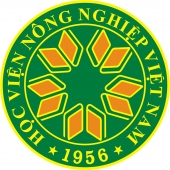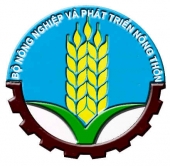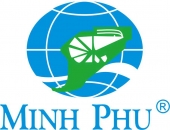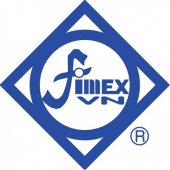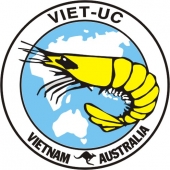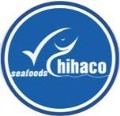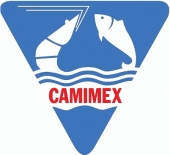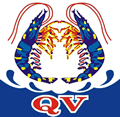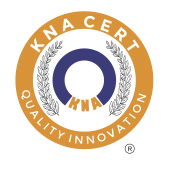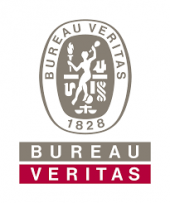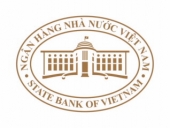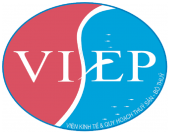On October 29, 2024, ICAFIS organized a Consultation Workshop to gather expert feedback on the draft guidelines for applying the Marginal Abatement Cost Curve (MACC) method to assess the greenhouse gas emission reduction potential of the aquaculture sector in Vietnam. The event brought together experts in aquaculture and climate change to provide insights and recommendations.
This activity is part of Work Package 1 (WP1) – MITIGATE+ 2024, led by WorldFish, which aims to develop guidelines for applying the MACC (Marginal Abatement Cost Curve) method in aquaculture in Vietnam. The goal is to identify practical greenhouse gas (GHG) reduction potentials and priorities within the aquaculture sector.
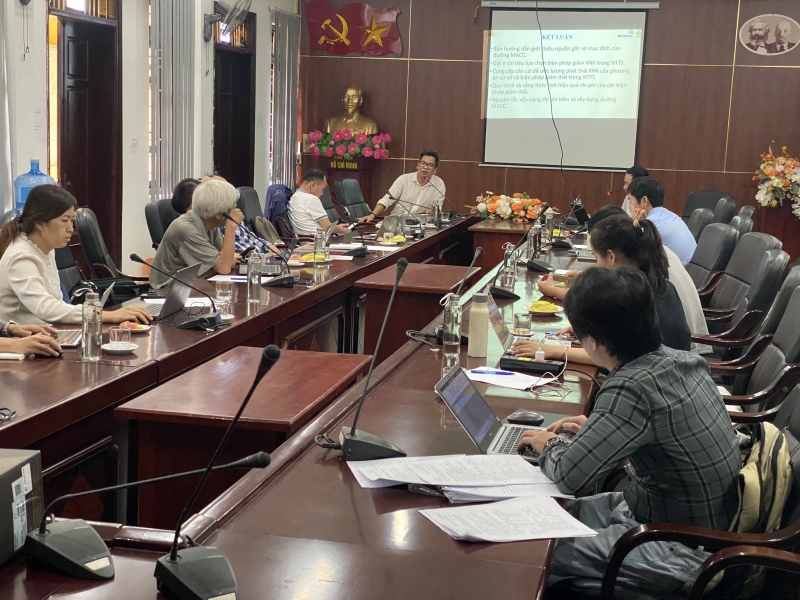
The Marginal Abatement Cost Curve (MACC) refers to the cost required to reduce one additional unit of waste in general, or one unit of greenhouse gas (GHG) emissions. The MACC method is used to assess GHG emission reduction potential within the framework of Vietnam's Green Growth Strategy.
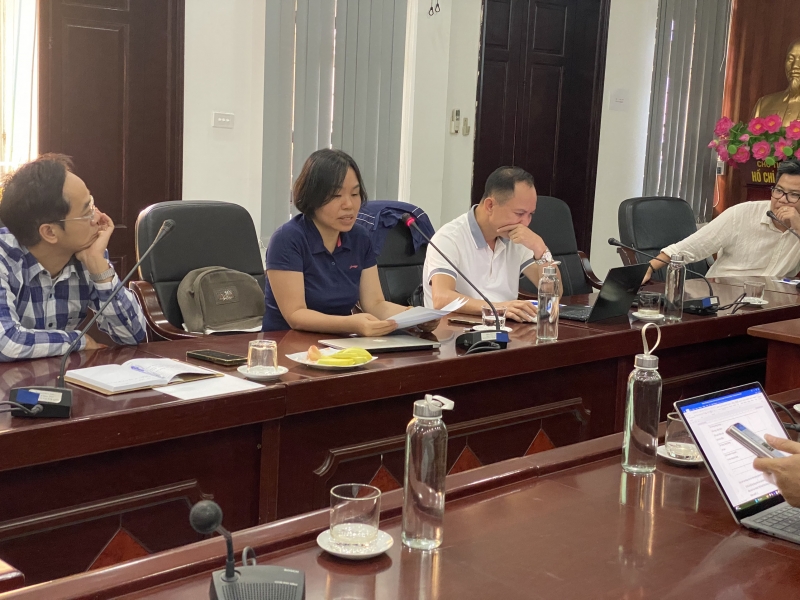
As one of the five countries most vulnerable to climate change, with over 3,200 kilometers of coastline, vast low-lying deltas, and major coastal cities, Vietnam is significantly affected by climate change (World Bank, 2022). The impacts—primarily rising temperatures, sea level rise, and increased frequency of extreme weather events such as storms and droughts—are disrupting economic activities and weakening Vietnam’s GDP growth. In response, the Vietnamese Government has committed to achieving net-zero emissions by 2050.
The fisheries sector plays an important role in Vietnam’s economy, contributing around 28–30% of the agricultural GDP. Aquaculture in particular holds strong potential for GHG mitigation, as it offers a lower-emission protein source compared to poultry, pork, and beef, which have significantly higher GHG emissions.
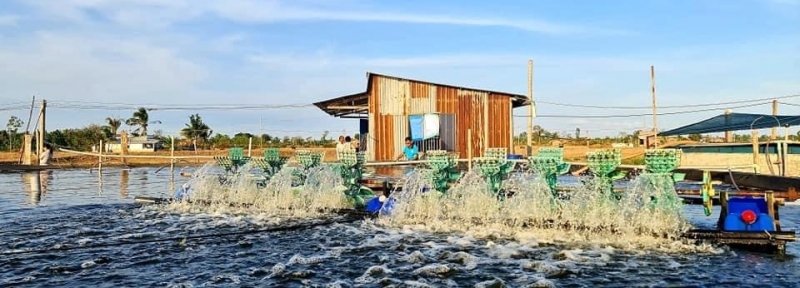
Therefore, policy and practical solutions that help prioritize the development of a low-emission aquaculture system, capable of adapting to climate change in Vietnam, are essential.
At the workshop, experts provided feedback on several aspects of this document. This is considered one of the first documents to quantify marginal costs in the fisheries sector (specifically in shrimp farming). Additionally, discussions were held on the target audience and issuing entities to ensure effective utilization of this document, contributing to the government's goal of achieving net-zero GHG emissions by 2050. Agricultural emissions are expected to decrease by 63.1%, not exceeding 56 million tons of CO2.
ICAFIS.
